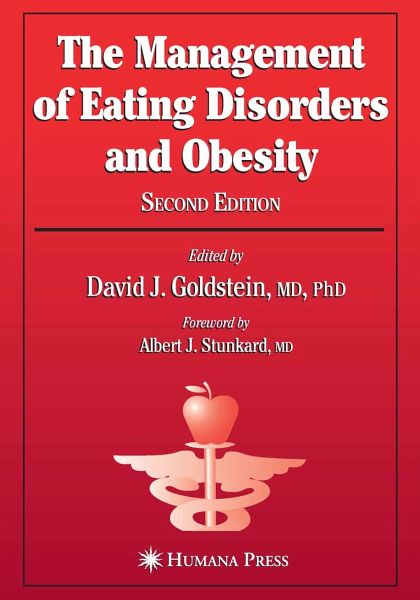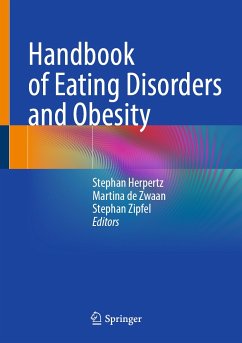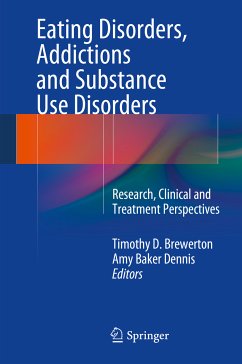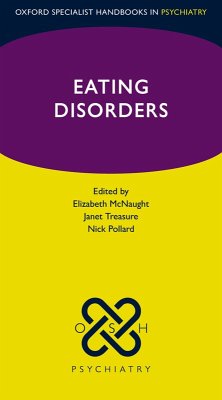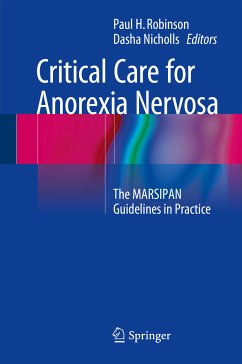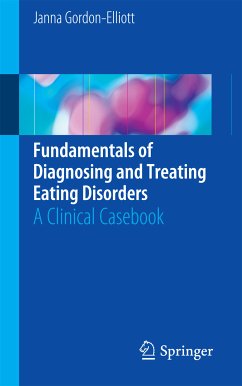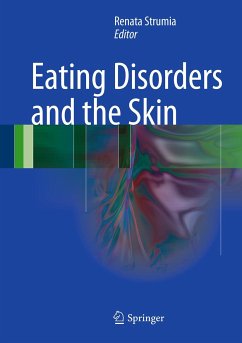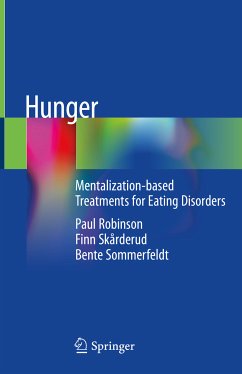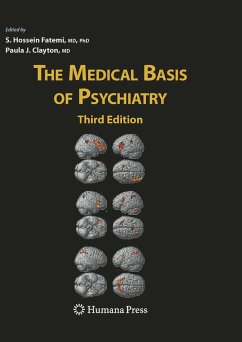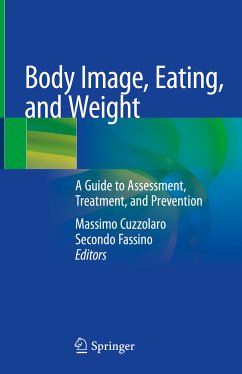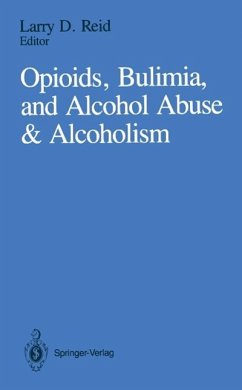"This is a comprehensive manual. It provides a wide spread of information and could be a valuable reference book for the dietetic library." - Journal of Human Nutrition and Diabetics
"This book is a very useful, easy to understand resource for the practitioner managing patients with eating disorders and obesity. It can be used as a reference and as an aid in providing treatment strategies to health professional. I have no hesitation in recommending this updated edtion. - Weighted Numerical Score: 90 - 4 Stars!" - Doody's Health Sciences Book Review Journal
Reviews of the First edition:
"This book represents a conscientious approach to understanding and treating the psychological manifestations and medical
complexities of individuals suffering from bulimia nervosa, anorexia nervosa, or obesity. The editor integrates the knowledge and experience of several respected members of the medical, clinical, and research communities to provide a comprehensive review of eating disorders and obesity...The editor provides a much-needed reference in the assessment and management of bulimia nervosa, anorexia nervosa, and obesity. The contributors emphasize pharmacological and nutritional treatment of the disorders over psychological treatment strategies. Weighted Numerical Score: 95 - ****"-Doody's Health Sciences Book Review Journal
"For both obesity and eating disorders, The Management of Eating Disorders and Obesity should achieve its goal of providing guidance to the general practitioner to improve success and end the cycle of recurrent attempts and failures. I commend it to you."-From the foreword by Albert J. Stunkard, MD, University of Pennsylvania Medical School
"Obesity is a complex and ubiquitous problem, with no easy solution or algorithm that works for everyone. That's one reason I found The Management of Eating Disorders and Obesity to be helpful text for any family physician...Part II, the majority of the book, covers all aspects of obesity in detail...The text's chapters are short and well organized and presented in an outline fashion with numerous helpful figures and graphs to support the text...Two chapters were outstanding. First, a thorough chapter on drug therapy was "Pharmacologic Treatment of Obesity." Case based and patient centered, "Treating Obesity in the Physician's Office" was superb...The authors also offered an obesity treatment program that makes sense."- Family Medicine
"This is an easily readable text, which presents its information in a fashion that is readily accessible to both clinicians and students. The contents are set out in four parts: Basic Concepts, Consumption, Deficiency, and Toxicity; Trace Element and Mineral Nutrition in Disease, and an index and guide to relevant literature. This format particularly suits the nutrition practitioner in patient care. However, an extensive index also enables the researcher or student to find basic information relating to individual trace elements or minerals. Each chapter provides a review of relevant recent research and an extensive reference list, which could further assist the researcher or student. For each of the nine trace elements currently considered essential ... and three major essential minerals...information regarding the recommended dietary intake, possible toxicity, estimated dietary intake, laboratory measurement, and role in health and disease is provided...The dangers in recommending dietary supplementation with trace elements and minerals is emphasized by description of the complex interactions between the dietary elements...Parts Two and Three discuss, within each chapter, all of the essential elements relevant to a particular condition or group of diseases. The particular needs of human pregnancy, human location, adolescence, and old age are provided in Part Two...In summary, this text deserves a place in the clinical nutritionist's library. The text provides an excellentmixture of current research and practical clinical nutrition, which can be used as a reference for patient care and for general trace element research, in an easily readable format." - Clinical Chemistry
